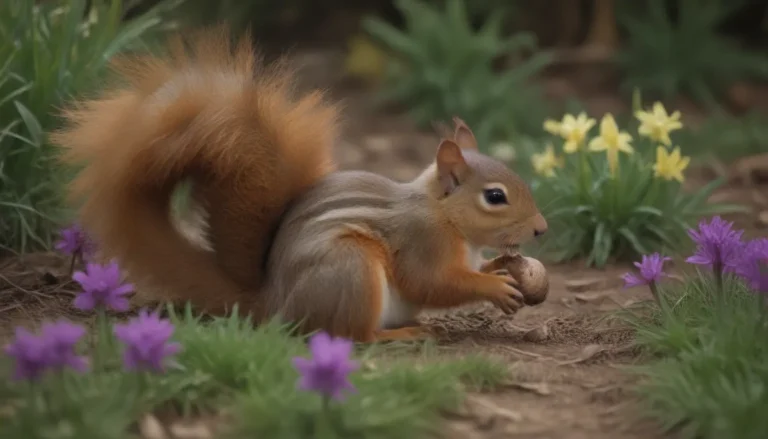The Wonderful World of Holly: 5 Must-Have Varieties for Your Landscape

Holly plants are a staple in many landscapes, offering evergreen foliage and colorful berries that bring a touch of winter beauty to any garden. Within the vast Ilex genus, there are numerous cultivars and species to choose from, each with its own unique characteristics and benefits. Whether you’re looking for a hedge plant, a specimen plant, or a rain garden addition, hollies have you covered. In this article, we will explore five of our favorite holly varieties that are sure to add interest and charm to your outdoor space.
Warning:
Before we dive into our top picks, it’s important to note that holly berries are toxic to humans and many animals, including cats and dogs. While birds are not affected, it’s crucial to be cautious when planting hollies in areas where pets or children may come into contact with the berries.
1. ‘Blue Princess’ Holly (Ilex x meserveae ‘Blue Princess’)
The ‘Blue Princess’ holly is a stunning shrub with dark green leaves that have a bluish hue. This cultivar typically grows 6 to 8 feet tall, though it can reach heights of up to 15 feet. Its red berries add a pop of color to the winter landscape, attracting birds and providing visual interest. Pairing ‘Blue Princess’ with a ‘Blue Prince’ holly as a pollinator will ensure a bountiful berry crop.
- USDA Growing Zones:
- Color Varieties:
- Sun Exposure:
- Soil Needs:
2. ‘Hetz’ Japanese Holly (Ilex crenata ‘Hetzii’)
The ‘Hetz’ Japanese holly is a compact shrub with a rounded form, growing 3 to 6 feet tall. Its tiny leaves give it a boxwood-like appearance, and its black berries add a striking contrast. Like many hollies, ‘Hetz’ is dioecious, requiring both male and female plants for berry production. This versatile shrub is a great choice for borders and foundation plantings.
- USDA Growing Zones:
- Color Varieties:
- Sun Exposure:
- Soil Needs:
3. ‘Sky Pencil’ Holly (Ilex crenata ‘Sky Pencil’)
‘Sky Pencil’ holly is another Ilex crenata cultivar known for its narrow, columnar growth habit. This unique plant can reach heights of 10 feet with a spread of only 2 to 3 feet, making it ideal for tight spaces or as an architectural accent near entryways. Its black berries and glossy foliage add elegance to any landscape design.
- USDA Growing Zones:
- Color Varieties:
- Sun Exposure:
- Soil Needs:
4. Inkberry (Ilex glabra)
Inkberry holly, as the name suggests, produces black berries and features an upright, rounded form reaching up to 8 feet in height. This holly is known for its tolerance of challenging conditions, including shade and wet soil. If you’re looking for a versatile shrub that can thrive in various settings, inkberry is an excellent choice for your garden.
- USDA Growing Zones:
- Color Varieties:
- Sun Exposure:
- Soil Needs:
5. Winterberry (Ilex verticillata)
Winterberry holly is a deciduous holly species prized for its vibrant red berries that adorn the bare branches in winter. This shrub can grow anywhere from 3 to 15 feet tall, providing a striking focal point in the landscape. Winterberry is a favorite for mass plantings, bird attracting, and rain garden use.
- USDA Growing Zones:
- Color Varieties:
- Sun Exposure:
- Soil Needs:
When it comes to choosing hollies for your landscape, there’s a variety to suit every need and preference. Whether you opt for the compact ‘Hetz’ Japanese holly or the dramatic ‘Sky Pencil’ variety, these plants are sure to enhance your outdoor space with their beauty and versatility. Remember to consider your specific growing conditions and space requirements when selecting holly varieties for your garden.
For more information on holly plants and their care, consult reputable sources such as the ASPCA and Penn State Extension. Happy gardening!





